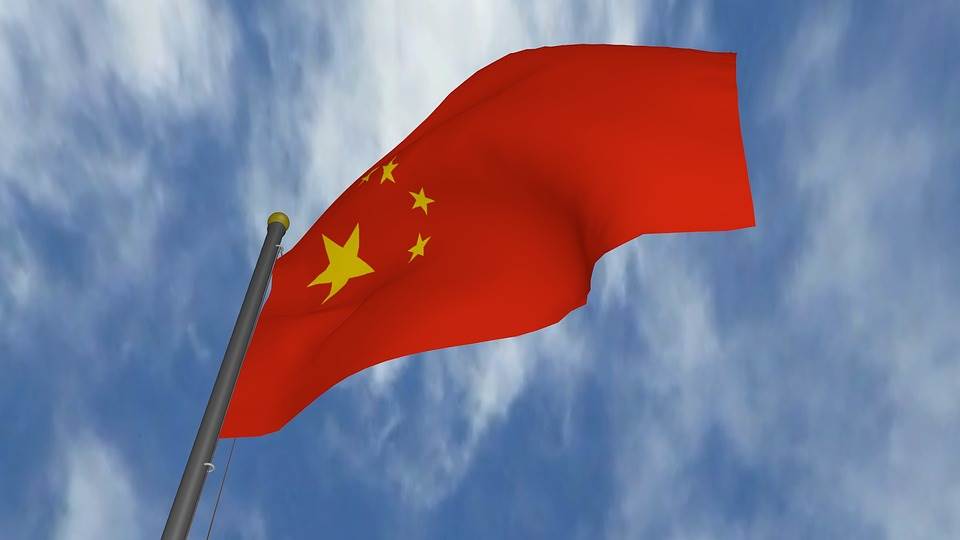 The People’s Bank of China set the official midpoint reference or the country’s currency at 7.0211 per dollar on Monday, the third straight session that the Chinese currency has fallen below the 7 per dollar level. Traders have become increasingly interested in the dollar-yuan cross as the negotiations in the trade war have disintegrated in recent days. The biggest concern is that a weaker yuan will make dollar-based products more expensive , giving China a big trade advantage.
The People’s Bank of China set the official midpoint reference or the country’s currency at 7.0211 per dollar on Monday, the third straight session that the Chinese currency has fallen below the 7 per dollar level. Traders have become increasingly interested in the dollar-yuan cross as the negotiations in the trade war have disintegrated in recent days. The biggest concern is that a weaker yuan will make dollar-based products more expensive , giving China a big trade advantage.
The fall of the yuan below the 7 per dollar mark has concerned traders who still vividly recall the market turn only a few years ago in 2015-2016 when the sudden, disorganized depreciation of the yuan had swift impacts on the global market. And yet, despite these concerns, MarketWatch analysts have argued that the current currency fluctuations aren’t so similar to past situations because the European Union and Japan will likely pressure China to keep its currency in check. According to CNBC, Beijing has also vowed to avoid swift depreciation of its currency since “substantial devaluation would drive capital outflows and create one-way bets in the market on further depreciation, as seen in 2015 and 2016.”
In the meanwhile, on Sunday, Goldman Sachs reported that it has given up hope that a trade deal between the United States and China will be reached before the 2020 presidential election. According to reports by Reuters, the bank send a note to its clients that it expects a new round of tariffs to go into effect on an additional $300 billion of Chinese goods, and that the trade war is increasing recession fears. Goldman Sachs lowered its fourth-quarter U.S. growth forecast by 20 basis points on its increased concerns about the trade ware, to 1.8 percent.
Monday Morning Market Movements
The U.S. dollar was relatively stable on Monday morning, with the dollar index unchanged at 97.49 as of 10:14 a.m. HK/SIN, even as the greenback struggled against the yen, falling 0.16 percent to 105.48. The dollar was also lower against the pound and the euro, trading at $1.204 and $1.1207 respectively.
On the stock markets, Asian benchmarks started the week mostly higher. The Nikkei 225 was up 0.44 percent in the early morning while South Korea’s Kospi gained 0.21 percent. Both Chinese benchmarks were higher, with the Shanghai Composite up 0.38 percent and the Shenzhen Composite gaining 0.40 percent. Australia’s ASX 200 was modestly lower, down 0.02 percent.
